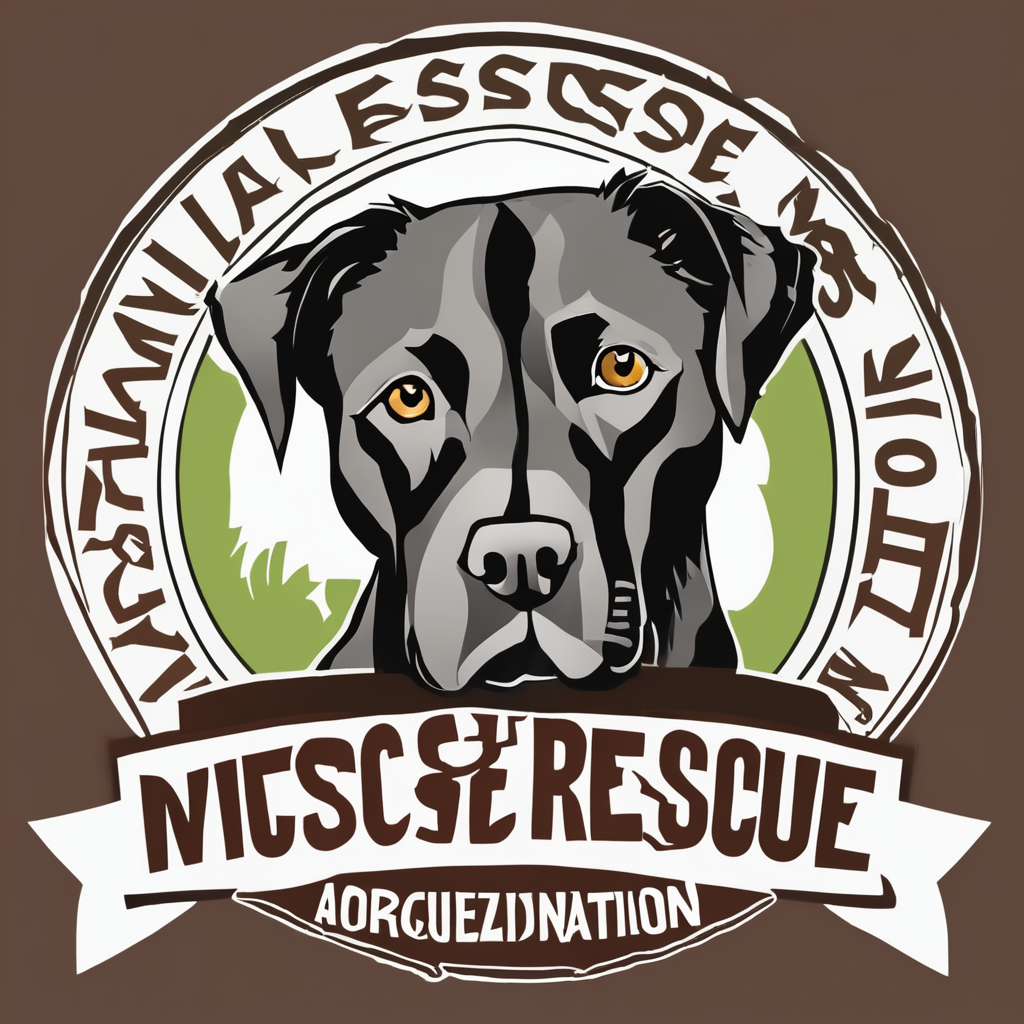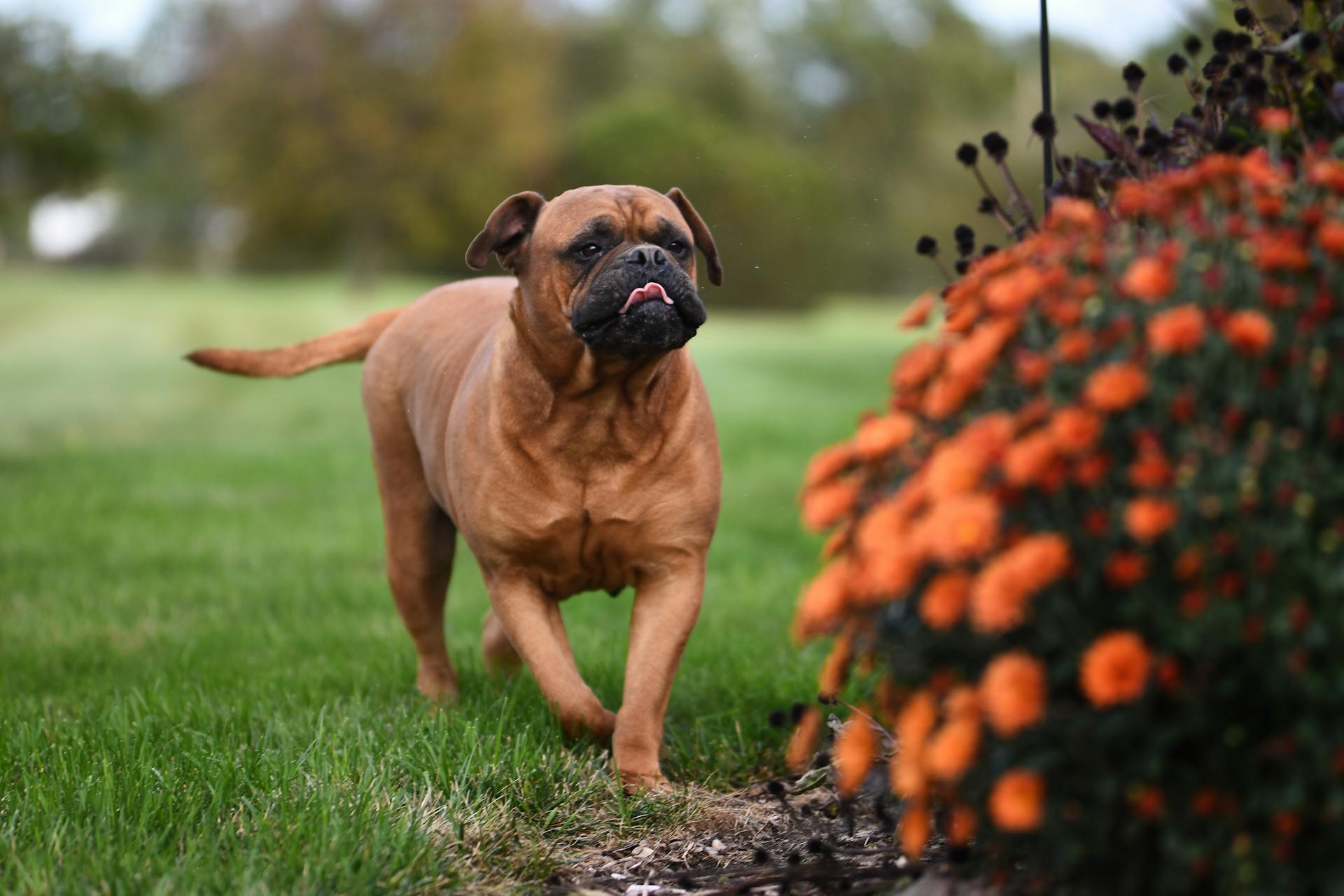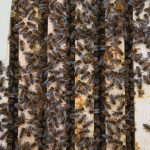Understanding and managing dog aggression is a challenge that all pet owners might face at some point. Aggressive behavior in dogs can be hazardous to both people and other animals. Mastiffs, a family of breeds known for its imposing size and protective nature, are no exception to this. Proper training, understandings of aggression signs, and managing fear responses in dogs are all key aspects that will help prevent your Mastiff from being aggressive towards other dogs. Let’s explore these areas in more detail.
Recognizing Signs of Aggression
Before you can effectively train a Mastiff to avoid aggressive behavior, you need to understand the signs of aggression. Dogs, like people, express their emotions through body language.
Dans le meme genre : What are the specific grooming needs for a Yorkshire Terrier’s fine hair?
Aggression in dogs can manifest in various ways. These include barking, growling, snarling, showing teeth, and snapping. In more severe cases, dogs might resort to biting.
If your Mastiff displays these signs when around other dogs, it may indicate a problem. It is crucial to intervene before these signs escalate to actual aggression to avoid harm to other dogs and potentially people.
Dans le meme genre : How can you ensure a proper diet for a diabetic Miniature Schnauzer?
Training will be a key element in managing these signs and ultimately preventing aggressive behavior. But it’s also essential to understand the root cause of this aggression.
Understanding the Causes of Aggression
It’s crucial to understand that aggression is not a behavior exclusive to particular dog breeds, like the mastiff, or a sign of a ‘bad’ dog. Aggression usually stems from fear, territorial behavior, or a lack of socialization.
Fear is a significant trigger for aggression in dogs. If your mastiff feels threatened, it may respond aggressively to protect itself or its family. This could be due to a traumatic experience, sudden changes in their environment, or unfamiliarity with other dogs.
Territorial aggression occurs when a dog perceives an intrusion into its space. For a mastiff, this can be its home, your home, or even a space it has claimed in the park.
Lastly, insufficient socialization can lead to aggression. If your mastiff is not used to being around other dogs, it may react aggressively out of fear or uncertainty.
Once you’ve identified the potential causes of your mastiff’s aggressiveness, you can tailor a training program to address these issues.
Implementing Appropriate Training Techniques
Training is a crucial aspect of managing and preventing aggression in dogs. Implementing proper techniques will help your mastiff become comfortable around other dogs and avoid aggressive behaviors.
For fear-based aggression, counter-conditioning techniques often work well. This involves changing your dog’s emotional response to the triggers that make it feel threatened. For instance, if your dog exhibits fear around other dogs, you could begin by exposing it to other dogs from a distance, pairing this with positive reinforcement like treats or praise.
Territorial aggression can be managed with boundary training. Teach your mastiff to understand its space and that not all intrusions are threats. This can be done through positive reinforcement when your pet reacts calmly to perceived intrusions.
For aggression stemming from a lack of socialization, regular exposure to other dogs in a controlled environment can help. Consider enrolling your mastiff in doggy daycare or arranging playdates with other dogs. With time, your pet will learn to be comfortable around other dogs.
Engaging Professional Help
If you find it challenging to manage your Mastiff’s aggression, don’t hesitate to seek professional help. Dog trainers and behaviorists have a deep understanding of dog behavior and can provide valuable insights and solutions.
A professional will evaluate your mastiff’s behavior, identify the causes of aggression, and tailor a training program to address these issues. They can also provide you with techniques and strategies to use at home to reinforce the training.
Remember, the goal is not only to ensure the safety of other dogs but to help your mastiff live a calm, happy life.
Ensuring Continuous Positive Reinforcement
Preventing aggression in your Mastiff is not a one-time task but a continuous commitment. Regular training, positive reinforcement, and monitoring changes in behavior will ensure that your pet remains comfortable and non-aggressive towards other dogs.
Positive reinforcement involves rewarding your dog for good behavior. This could be in the form of treats, praise, or extra playtime. Consistence in providing positive reinforcement helps your mastiff associate good behavior with positive experiences.
If you notice new signs of aggression, revisit your training techniques or consult a professional. Regular vet check-ups are also essential to rule out health issues that could be causing aggression.
Preventing a Mastiff from becoming aggressive towards other dogs involves recognizing aggression signs, understanding the causes, implementing effective training techniques, and ensuring continuous positive reinforcement. Seek professional help if necessary. Remember, a well-socialized, non-aggressive dog is not only safer for others but also leads a happier, less stressful life.
Reviewing Your Mastiff’s Interaction with Family Members
Another critical factor to consider is how your Mastiff interacts with your family members. Your Mastiff may see themselves as a member of your family and could become protective if they perceive any threat. This could lead to aggressive behavior towards other dogs if they view them as a potential threat to their family.
It’s crucial to ensure that your Mastiff’s relationship with your family doesn’t lead to unnecessary territorial behavior. This requires teaching family members, especially children, how to interact appropriately with your dog. Avoid rough play or any other actions that could lead to heightened excitement or perceived threats.
Remember, dogs are highly sensitive to body language and tone of voice. If your Mastiff senses anxiety, fear, or aggression in your family’s actions, this could trigger similar behavior in them. Consistently communicate in a calm and confident manner with your dog to foster a sense of security and trust.
Moreover, you should encourage your family to be involved in your Mastiff’s training process. This will help your dog understand that all family members are to be respected, reducing the chance of your dog becoming aggressive to protect a particular family member.
Utilizing Dog Training Tools and Resources
While training your Mastiff to be less aggressive, dog training tools and resources can be beneficial. Remember, it’s not about punishing aggressive behavior, but rather encouraging and rewarding desired behaviors, guiding your dog to make better choices when interacting with other dogs.
Tools such as dog harnesses can help you control your Mastiff during training sessions or walks. Harnesses provide better control than just a collar and leash, and can help prevent potential altercations with other dogs.
In addition to physical tools, there are plenty of educational resources available. Books and online tutorials can provide valuable insights into dog behavior and training methods. These resources often include real-life scenarios, making it easier for you to apply the techniques in your situation.
Various technological tools might also be helpful. Mobile apps designed to support dog training can provide a structured program to follow, while online platforms offer communities where you can connect with other dog owners for advice and support.
Conclusion
Preventing a Mastiff from becoming aggressive towards other dogs is a complex task that requires time, patience, and understanding. It involves recognizing the signs of aggression, understanding its causes, implementing appropriate training techniques, and reinforcing positive behavior. It also requires careful observation of your dog’s interactions with family members and the use of various dog training tools and resources.
Remember, the goal is not only to prevent aggressive behavior but to ensure that your Mastiff leads a happy, stress-free life. Remember, prevention is always better than cure, and early intervention can prevent aggressive tendencies from becoming serious issues.
Always feel free to seek professional help if you find it hard to manage your Mastiff’s aggression. A dog behaviorist or trainer can provide expert advice and effective strategies. No matter the challenges, the end result – a well-adjusted, non-aggressive Mastiff – is definitely worth the effort.











